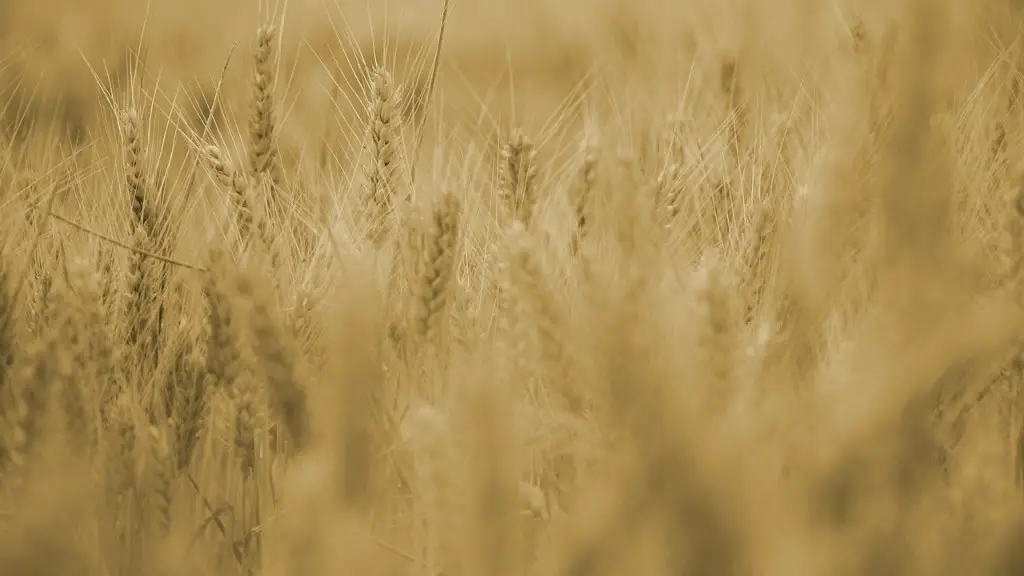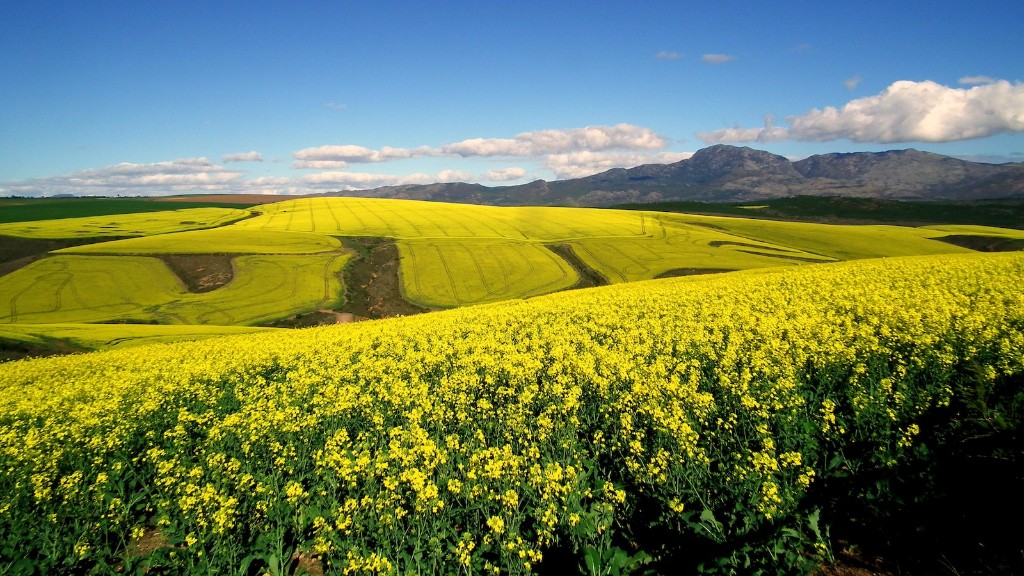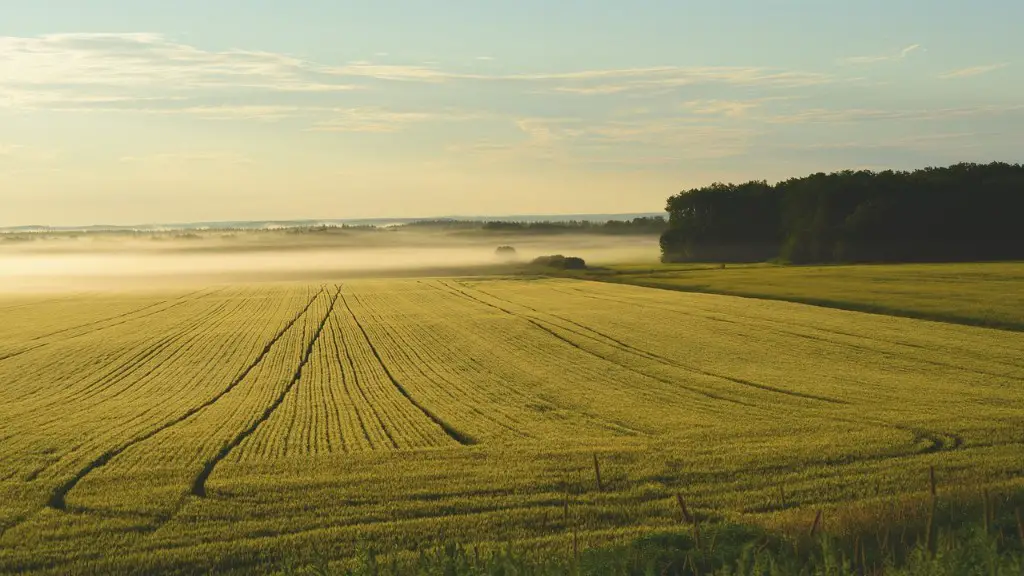The use of geographic information systems (GIS) in agriculture presents major opportunities for improved decision-making and precision farming. Utilizing a GIS to gain better insights into site-specific soil properties, pest and disease management, water resources, land management, crop yields and other related factors, can enable farmers to identify trends and make better informed, data-driven decisions. Let’s explore how farmers can use GIS to make agricultural decisions in a more efficient way.
Mapping Resources
GIS can be used to map out crop resources and identify patterns in soil properties. Utilizing GIS allow farmers to recognize the patterns in their soil properties and analyze the soil’s fertility. Farmers can also use GIS to access data regarding rainfall, soil erosion, temperature, and related agricultural data. With the help of GIS, farmers can identify areas that are suitable for growing certain crops, use the available soil and water resources, and plan field operations accordingly.
Widely available satellite-based imagery and remote sensing technology enable farmers to monitor the changes in their fields over time. By utilizing aerial images received from remote-sensing satellites, farmers can produce virtual maps of their farm, identify crop areas and monitor the growth of their crops.
Creating an Irrigation System
GIS can help farmers design an efficient irrigation system that optimizes their water usage and helps them save time and resources. With GIS, farmers can locate their crop areas and eliminate the guesswork out of determining where to draw water from or where to divert water. This can significantly reduce the time it normally takes for irrigation and help farmers save on water resources.
Furthermore, GIS can help farmers choose the optimal watering times, optimize water usage in plants, and balance soil moisture levels. It can also provide insight into topography and drainage strategies, helping farmers design an efficient irrigation system that takes all of these factors into account.
Better Pest and Disease Management
GIS can help farmers better assess pest and disease risks. By understanding the patterns of pest and disease distributions, farmers can identify areas that are affected by pest and disease outbreaks and take proactive measures to minimize the damage. GIS can also be used to generate field-level scouting maps which can help farmers control pest and disease outbreaks in their fields.
Furthermore, GIS can provide farmers with information about the potential effects of certain pesticides and insecticides on the environment. This can help them make more informed decisions about their pest and disease management strategies.
Optimizing Yields
GIS can help farmers optimize their crop yields. By analyzing the patterns of soil properties and other factors that affect crop yields, farmers can identify areas of their fields which can be used to increase crop yields. GIS provides insight into the effects of fertilizers and crop rotation strategies on crop yields, allowing farmers to make more informed decisions.
GIS can also be used to detect yield-reducing factors such as soil compaction, irrigation problems, weeds, pests and diseases. By identifying and dealing with these factors, farmers can optimize their crop yields.
Conclusion
GIS is a powerful tool that can help farmers improve their decision-making processes and optimize their crop yields. By utilizing GIS, farmers can gain access to data about soil properties, rainfall, water resources, pest and disease management, and other related factors, and make better informed, data-driven decisions. With GIS, farmers can map out their fields, create efficient irrigation systems, prevent pest and disease outbreaks, and optimize yields. GIS is an invaluable tool for agricultural production and should be taken advantage of by farmers.


